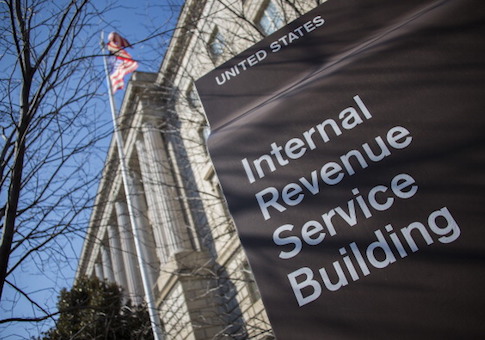When a worker's after-tax income declines due to higher taxes, that person has a reduced incentive to work, a Congressional Budget Office analyst explained.
"When workers' earnings rise but their after-tax income rises less—because of increases in their income and payroll taxes or declines in their benefits from government programs—their incentive to work typically declines," said Shannon Mok, an analyst for the budget office in the tax analysis division.
When individuals begin to earn higher salaries, they may fall into a higher tax bracket, resulting in a lower after-tax salary. The amount of tax an individual pays for an additional dollar of income is known as the marginal tax rate.
The budget office said that in 2016 low- and moderate-income workers faced a marginal tax rate of 31 percent, taking into account federal and state individual income taxes, federal payroll taxes, refundable tax credits, and the phaseout of government programs such as food stamps and subsidies for Obamacare.
"When deciding how much to work, people consider not only the higher earnings from working more hours but also the resulting difference in after-tax income—which is market income plus government transfers minus taxes," Mok says.
"Increases in marginal tax rates, on net, decrease the supply of labor by causing people already in the labor force to work less," she says.
In addition to taxes, government benefits such as food stamps can discourage work.
"As income rises, phasing out a benefit (such as SNAP) increases the marginal tax rate and reduces the incentive to work," Mok says. "SNAP also effectively increases the after-tax income of its recipients—even as the benefit phases out—further discouraging work."
